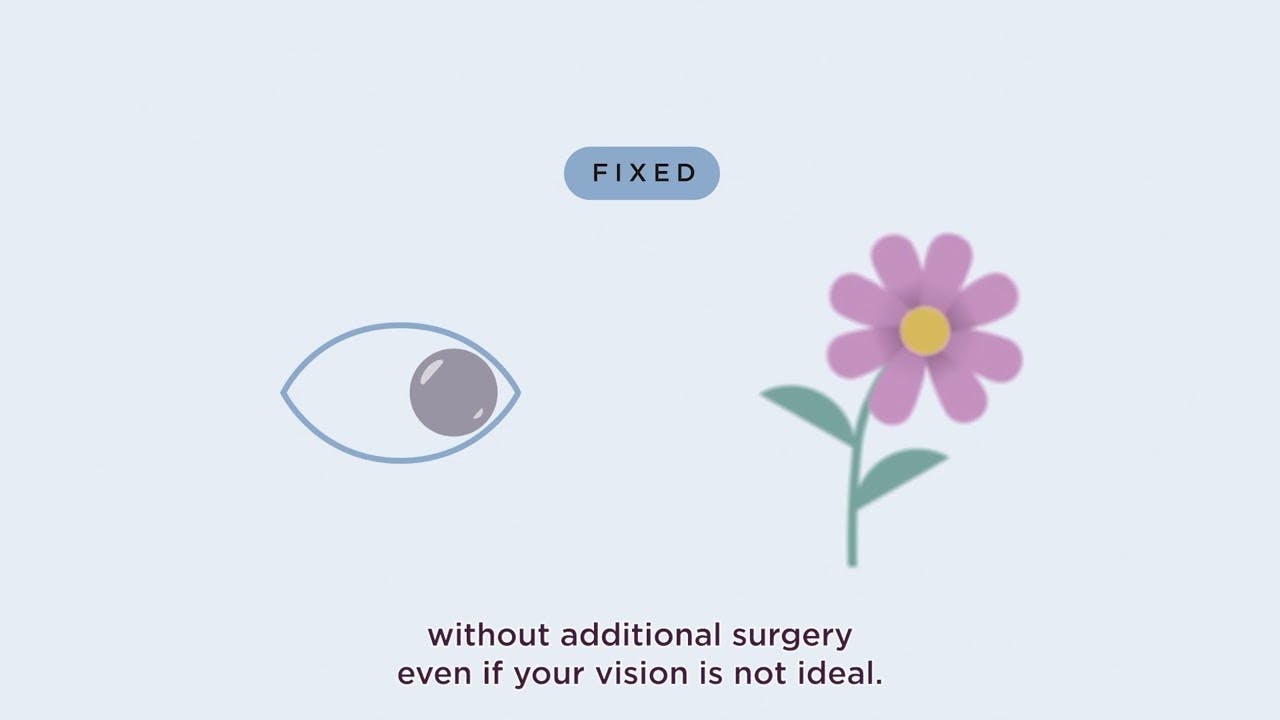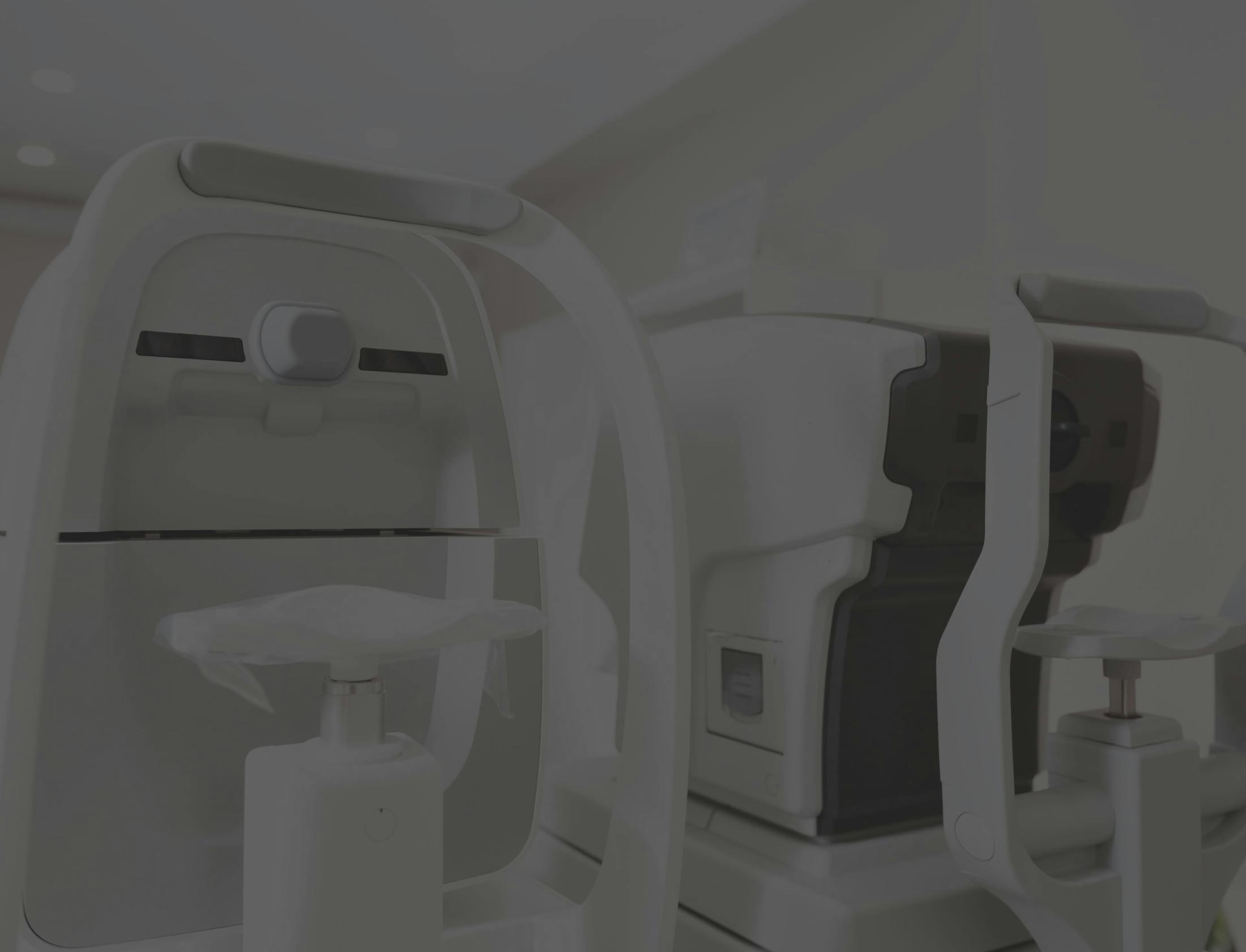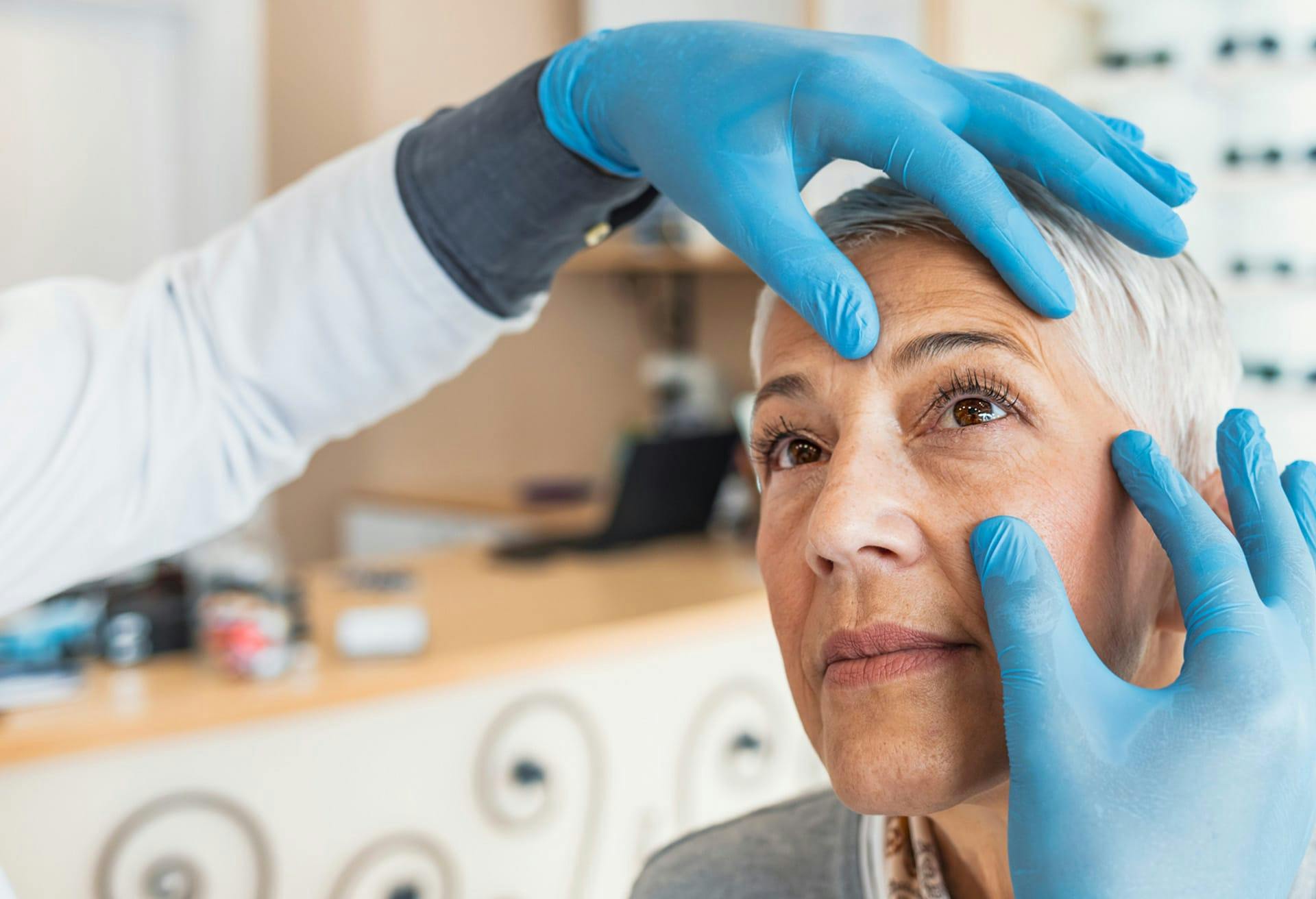Explore the groundbreaking Light Adjustable Lens™ (LAL® & LAL+) technology at Chicago Cornea Consultants, where post-cataract surgery adjustments offer tailored vision precision, allowing patients to ‘test drive’ their vision, setting new standards in care. We are the first in Chicago to offer LAL+.
Am I a Good Candidate for Light Adjustable Lens™ (LAL®)?
Here are factors to consider when evaluating if you are a good candidate for LAL® & LAL+:
- Pre-existing Conditions: Individuals without certain eye diseases, such as active diabetic retinopathy and macular degeneration, or those with a history of herpes eye infections are better candidates.
- Post-surgery Adjustments: If the potential for postoperative fine-tuning of your lens power appeals to you, LAL® could be suitable.
- Commitment to Follow-Up: LAL® requires multiple postoperative visits for adjustments and final lens setting. This process may include 3-4 light treatment sessions.





